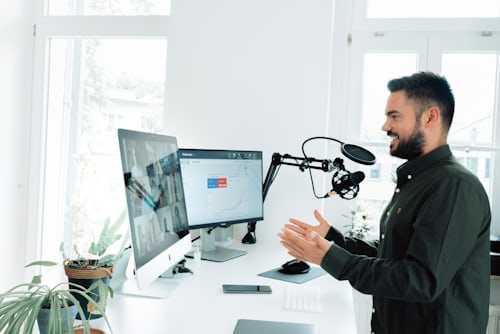What you say, and how you say it
When trying to explain complex information to an audience, the first task is to get the content of what you're saying right.
How we communicate is also crucial. When someone is speaking, most of the information we receive comes through their body language, enthusiasm and tone of voice. It's our overall experience of the speaker that counts.
893
3.7K reads
CURATED FROM
IDEAS CURATED BY
The idea is part of this collection:
Learn more about communication with this collection
How to set achievable goals
How to prioritize self-care
How to create healthy habits
Related collections
Similar ideas to What you say, and how you say it
Research on communication
Research found that only 7 percent of communication comes from the words you use; the rest of what you communicate comes from your voice and tone (38 percent) and your body language (55 percent).
So that means when you send a virtual message, 93 percent of what you’re trying to communica...
Mind your body language
7 percent of a message is conveyed through words. Body language plays a major role in how we communicate and how we listen.
When you’re listening, then, be aware of what your body language is saying to the speaker. Unfold your arms and be open to what this person has to say.
How to develop empathy
- Truly listen to people. Pay attention to their body language, tone of voice, emotions behind what they are saying to you, and to the context.
- Don't interrupt people. Don't dismiss their concerns offhand. Don't rush to give advice.
- Practice...
Read & Learn
20x Faster
without
deepstash
with
deepstash
with
deepstash
Personalized microlearning
—
100+ Learning Journeys
—
Access to 200,000+ ideas
—
Access to the mobile app
—
Unlimited idea saving
—
—
Unlimited history
—
—
Unlimited listening to ideas
—
—
Downloading & offline access
—
—
Supercharge your mind with one idea per day
Enter your email and spend 1 minute every day to learn something new.
I agree to receive email updates

